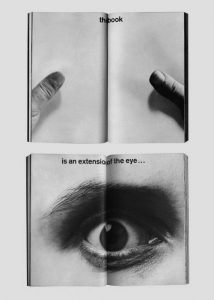This is a defense of the remix intended to enlighten as to its pervasiveness and inevitable/infinite nature. The progression of society necessitates the remix– it drives human culture throughout history. Music is a medium where the remix has garnished the most disdain and criticism, but why are we not as critical about “stealing” when it comes to film? Directors, like musicians, copy shots and themes from their favorite movies almost identically at times (i.e. Tarantino’s Kill Bill, Lucas’ Star Wars). How many different Batman movie versions have been made? Painters, authors, poets, inventors all remix as well. Anyone who does anything new and breaks conventions will encounter criticism. Writing was once scoffed at. We can bask in the aura of authenticity and appreciate subsequent remixes simultaneously.
I tried to make this video a remix in itself. I used Adobe After effects to manipulate text, images, and sound. I remixed many original sounds found online and examples from popular media. I added visual and sound effects to add uniqueness. In keeping with the idea of the remix as a democratizing force I used many sound effects from “freesound.org”. This is an open-source community that records sounds and allows you to download for free. Myself and many others regularly use this resource to remix personal videos, songs, projects, etc. The ease of access to these sound files accelerates the proliferation of varied artistic mosaics throughout the internet. Hopefully, the multimodal aspect of the video excites the senses somewhat, tickling the viewer’s brain into thinking in slightly different ways. The importance of the remix is to help imagine what is possible, to avoid stagnation, and to maximize human potential.
credits
remix intro – missy elliot (remixed by me)
the beatles – “i wanna hold your hand” and (ogan dalka remix)
stephen foster – “beautiful dreamer” (delay remix by me)
star wars opening theme
random sound effects – freesound.org
mac startup noise
